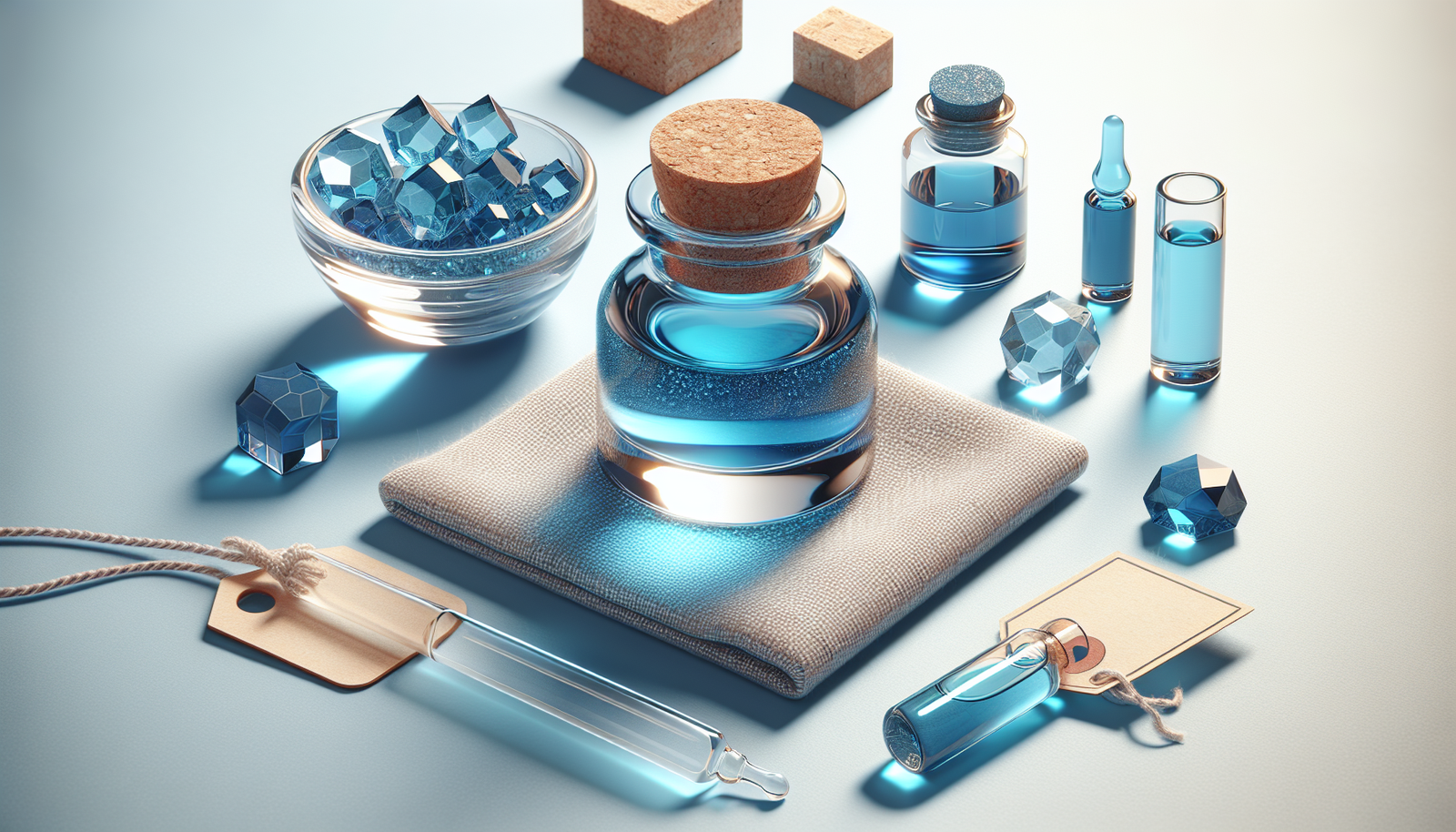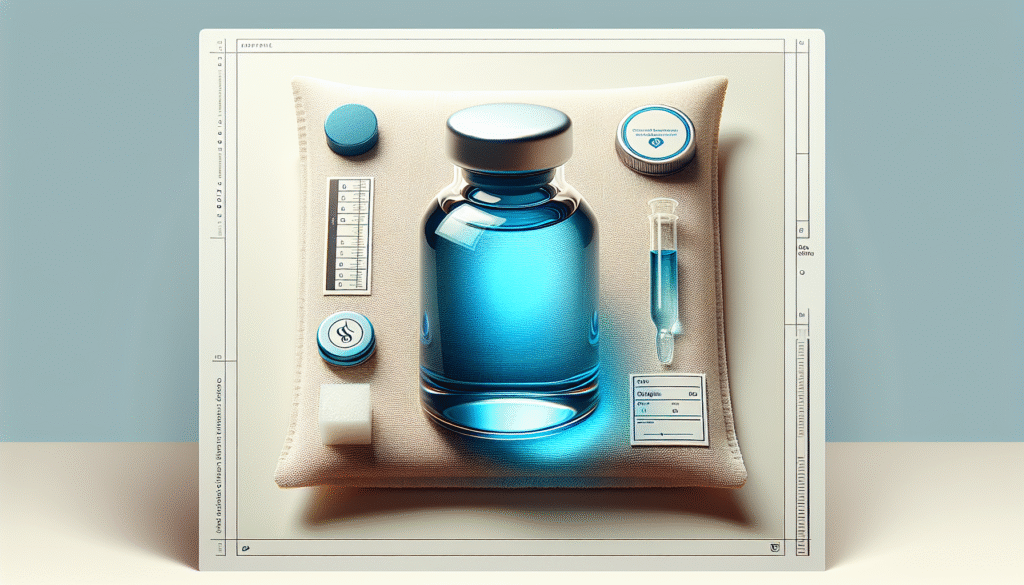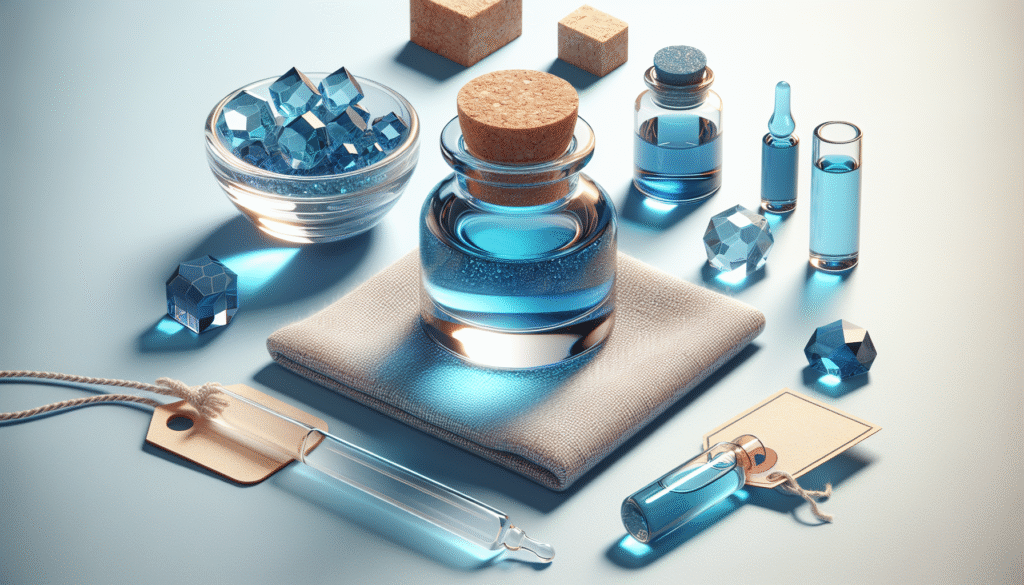
Have you ever considered the implications of proper storage when it comes to chemicals like methylene blue? This seemingly simple process can significantly affect the compound’s efficacy and safety. Understanding the best practices for storing methylene blue ensures that you maintain its integrity for long-term use.
Understanding Methylene Blue
Methylene blue is a potent dye and medication with applications in various fields, including biology, medicine, and aquaculture. Initially introduced as a biological stain, it has evolved into a versatile tool, employed in treatments for conditions such as methemoglobinemia and certain types of infections. It has also gained popularity in certain experimental settings. Due to its extensive applications, your approach to storage is pivotal to retain its effectiveness.
The Chemical Properties of Methylene Blue
Methylene blue, with a molecular formula of C16H18ClN3S, possesses specific chemical properties that must be considered during storage. It is a soluble, cationic compound that can degrade under inappropriate conditions. Understanding its properties allows you to determine the most suitable storage environment that prevents chemical breakdown.
Methylene blue is known to be sensitive to light and can be hydrolyzed in the presence of moisture. Therefore, ensuring that your storage methods mitigate these factors is crucial for preserving the quality of the substance.
Shelf Life and Stability
The shelf life of methylene blue, like most chemicals, varies depending on several factors, including storage conditions and the form it is in (solid or liquid). Typically, when properly stored, methylene blue can last for several years. However, exposure to heat, light, and moisture can considerably shorten this period.
A few factors contributing to the stability of methylene blue include:
- Temperature: High temperatures can accelerate the degradation of methylene blue, leading to loss of potency.
- Light exposure: UV and intense visible light can cause photodegradation, making it less effective.
- Moisture: High humidity can lead to hydrolysis and affect the compound’s efficacy.
Proper storage techniques can help mitigate these issues, allowing for longer use without the degradation of the compound.
Ideal Storage Conditions
To maximize the longevity of methylene blue, you need to adhere to specific storage conditions that prioritize its stability and effectiveness. Below are essential conditions to consider:
Temperature
Methylene blue should ideally be stored in a cool environment, generally at temperatures below 25 °C (77 °F). High temperatures can cause the molecule to break down, leading to decreased efficacy.
- Recommended Temperature: Room temperature (15-25 °C)
- Critical Temperature: Above 30 °C can initiate degradation
Light Protection
Due to its sensitivity to light, especially ultraviolet rays, you should store methylene blue in a dark place. This may include using opaque containers or wrapping the storage vessel in aluminum foil to block light exposure effectively.
Humidity Control
Humidity is another critical factor influencing the stability of methylene blue. Ideally, storage should take place in a dry environment. Utilizing desiccants in the storage area can help to maintain a low moisture level.

Appropriate Containers for Storage
Selecting the right container plays a crucial role in maintaining the integrity of methylene blue. The choice of storage vessel should be based on its material properties and the ability to protect the chemical from adverse conditions.
Glass vs. Plastic
While both glass and plastic containers have their merits, glass containers are generally preferred for storing methylene blue. This preference is due to:
- Chemical Resistance: Glass is non-reactive and does not interact with chemicals.
- Light Protection: Amber or colored glass can block harmful light, thus protecting the compound from photodegradation.
However, if using plastic containers, ensure that they are high-density polyethylene (HDPE) or polypropylene, as these offer better chemical resistance than other plastic types.
Sealing and Labeling
Proper sealing is essential to inhibit moisture ingress and contamination. Ensure that all containers are tightly sealed and equipped with a protective lid. Additionally, label all containers with the date of storage and concentration of the solution. This information helps you monitor the age and potency of the methylene blue during its use.
Handling Methylene Blue Safely
Understanding how to handle methylene blue safely is crucial in both laboratory and practical applications. Adopting good laboratory practices minimizes the risks associated with exposure to this compound.
Personal Protective Equipment (PPE)
When handling methylene blue, wearing appropriate personal protective equipment is essential. This may include:
- Gloves: Nitrile or latex gloves to protect your skin
- Safety goggles: To shield your eyes from splashes
- Lab coat: To avoid contact with your clothing and skin
Spill Management
In the event of a spill, it is important to act quickly and decisively. Follow these steps:
- Contain the Spill: Use absorbent materials to contain the spread.
- Clean Up Safely: Employ appropriate absorbents designed for dye spills.
- Disposal: Follow local regulations for disposing of chemical waste.

Common Mistakes in Storage
Even with good intentions, mistakes can occur during the storage of methylene blue. Here are some common errors to avoid:
Incorrect Temperatures
Storing methylene blue near heat sources, such as radiators or in direct sunlight, can lead to degradation. It is advisable to use temperature-controlled storage or refrigeration in some cases.
Improper Containers
Using unsuitable containers, such as those that react chemically with methylene blue, can lead to product loss or contamination. Ensuring that containers are compatible with the chemical is a significant aspect of safe storage.
Limited Shelf Life Awareness
Failing to track the shelf life or expiration of methylene blue leads to using degraded or ineffective solutions. Institute a routine check of your stored chemicals and their expiration dates.
Regulations and Guidelines
Depending on the application of methylene blue, different regulatory guidelines must be adhered to. When working with this chemical, familiarizing yourself with these regulations can help ensure compliance and safety.
In Laboratories
If you are in a laboratory setting, it’s essential to follow institutional guidelines and best practices for chemical storage and handling. This may involve training modules, standard operating procedures, and compliance with occupational safety regulations.
In Healthcare Settings
In medical contexts, methylene blue is used under specific conditions. Healthcare professionals must comply with additional regulations regarding proper storage, patient safety, and disposal of surplus medication.
Monitoring for Quality Assurance
Ensuring the quality of methylene blue over time involves regular assessment of its physical and chemical properties. Monitoring these factors can help identify degradation early and allow for timely interventions.
Visual Inspections
Regular visual checks of stored methylene blue can tell you a lot about its condition. Look for:
- Changes in color: Methylene blue should maintain a deep blue hue.
- Precipitation: Any cloudiness or sediments may indicate instability.
Testing Concentration
Depending on how you intend to use methylene blue, testing its concentration periodically can help establish its potency. Using spectrophotometric methods can accurately measure concentrations effectively.
Stability Testing
Conducting stability tests helps establish how long methylene blue retains its efficacy under the stored conditions. This assessment can provide valuable data for best practices and storage recommendations.
Conclusion
Implementing proper storage techniques for methylene blue is vital for ensuring its long-term usability. Pay attention to the environment, container choice, handling procedures, and safety practices. By doing so, you can maintain the integrity of this valuable chemical and enhance its effectiveness for years to come.
In your journey with methylene blue, consistently adhering to the guidelines on storage and handling will empower you to optimize its use. Proper practices will ensure your applications, whether in medicine, research, or any other fields, fully leverage the benefits of this remarkable compound. Prioritizing safe handling and strategic storage will inevitably lead to the effective and responsible use of methylene blue in your endeavors.